Chile's National Park System: A Testament to Environmental Stewardship
Chile's vast national park system is a testament to its commitment to preserving its natural heritage. These protected areas, from the Atacama Desert to Tierra del Fuego, harbor diverse ecosystems and abundant biodiversity. The system's crown jewel is the Route of Parks of Patagonia.
Chile's National Park System
A Testament to Environmental Stewardship
Chile's national park system is one of the most extensive and well-managed in the world and a testament to its unwavering commitment to preserving its remarkable natural heritage. Chile's protected areas provide refuge for diverse ecosystems and abundant biodiversity. Administered by the National Forest Corporation (CONAF), this system is dedicated to conserving and managing the nation's natural treasures, with a crown jewel being the famous Route of Parks of Patagonia.
Chile's Natural Bounty
Chile's national park system is committed to preserving its incredible natural diversity. From the arid, surreal expanses of the Atacama Desert in the north to the pristine subpolar climate of Tierra del Fuego in the south, these protected areas cover an astonishing spectrum of ecosystems. The country's recognition of the importance of safeguarding these ecological wonders is evident in the carefully maintained and expansive national park system.
Conserving Biodiversity
Within this comprehensive system, Chile's biodiversity is nurtured and protected. A wealth of unique ecosystems thrives, offering sanctuary to numerous species. Chile's national parks provide critical habitats for many organisms, from the arid-adapted flora and fauna of the north to the abundant marine and terrestrial life of the south. The commitment to conservation extends to a dedication to managing these natural treasures responsibly.
CONAF's Stewardship
The National Forest Corporation (CONAF) plays a pivotal role in overseeing and preserving Chile's national parks. As the guardian of these vital natural habitats, CONAF diligently manages the parks, ensuring their ecological integrity remains intact. By doing so, the agency contributes to the nation's biodiversity conservation goals and promotes sustainable tourism.
Route of Parks of Patagonia
A Visionary Initiative
The Thompsons' story and connection to Chile's Route of Parks is a remarkable tale of conservation, environmental stewardship, and a vision to protect and preserve some of the world's most pristine natural landscapes. The Thompson family, led by Kristine McDivitt Tompkins and her late husband Douglas Tompkins, played a pivotal role in creating and developing the Route of Parks in Chile.
Douglas Tompkins, a passionate conservationist and co-founder of outdoor clothing brands The North Face and Esprit, deeply loved wild places and the environment. In the 1990s, he began to acquire vast tracts of land in Chile and Argentina to preserve these regions and their rich biodiversity. Together with Kristine, they amassed millions of acres of wilderness, creating a network of conservation areas known as "Pumalín Park" and "Patagonia Park" in Chile.
Their conservation efforts focused on protecting endangered species, restoring ecosystems, and establishing national parks and reserves to ensure the long-term sustainability of these areas. Douglas and Kristine worked tirelessly to negotiate with governments and local communities to secure the land's future as protected natural spaces.
One of their most significant contributions was the donation of large portions of their land acquisitions to the Chilean government to create new national parks. These donations formed the core of what would later become the Route of Parks, a network of national parks and reserves extending over 2,800 kilometers (1700 miles) from Puerto Montt in northern Patagonia to Cape Horn in the south.
The Conservation Legacy
The Route of Parks was officially launched in 2018. It encompasses 17 National Parks, 11 National Reserves, and three Marine Parks for a combined total of 31 conservation areas, making it one of the world's most extensive protected wilderness corridors. This ambitious project aims to safeguard Chile's unique biodiversity and stunning landscapes and promote sustainable tourism, education, and scientific research.
The Thompsons' dedication to conservation and invaluable contributions have left a lasting legacy in Chile and worldwide. Their vision, commitment, and generous donations of land have significantly expanded Chile's national park system and have become a model for conservation efforts worldwide. The Route of Parks is a testament to their enduring passion for nature and legacy as environmental stewards.
The Route of Parks, introduced in 2018, is a remarkable initiative within Chile's national park system, connecting 17 national parks and 31 adjacent conservation areas. Stretching over 2,800 kilometers (1700 miles) from Puerto Montt in the north to the southern extremity of Cape Horn, it offers intrepid travelers a once-in-a-lifetime journey through Chile's breathtaking wilderness.
This "Parks Highway" showcases the country's diverse natural beauty, from the arid deserts of the north to the lush fjords of the south, allowing travelers to experience the untamed grandeur of Chile's pristine wilderness while witnessing the rich tapestry of ecosystems that define the nation's natural heritage.
The Route of Parks celebrates Chile's geographical features and cultural heritage and promotes sustainable tourism and the conservation of its extraordinary natural wonders.
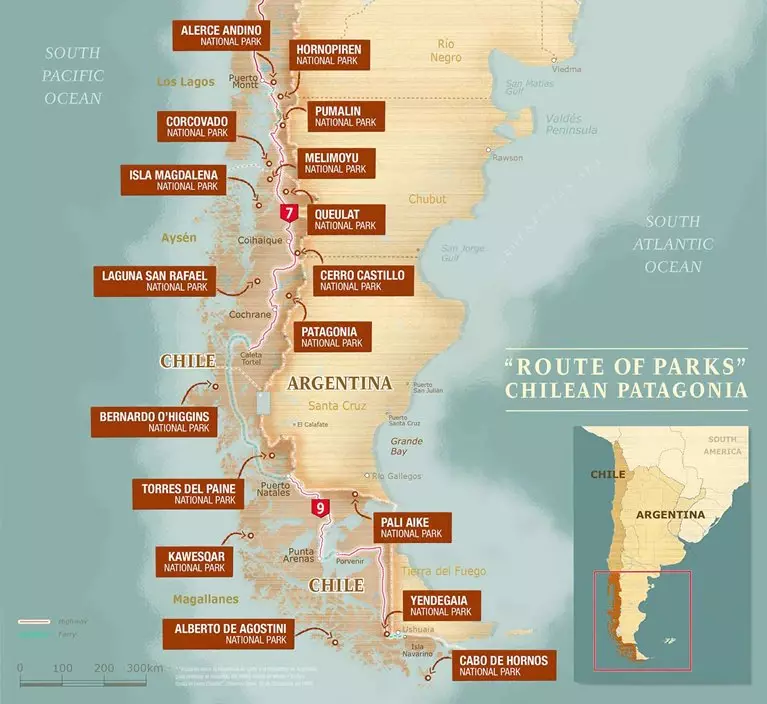
Chile's Route of Parks map - Thompson Conservation
The List
Los Lagos Region
-
Alerce Andino National Park: Alerce Andino National Park, in southern Chile, is a remarkable protected area renowned for its ancient Alerce trees. These towering giants, some over 3,000 years old, make this park a haven for those interested in ancient forests and biodiversity. The park features lush temperate rainforests, pristine lakes, and various hiking trails, allowing visitors to explore the natural wonders of southern Chile. Alerce Andino National Park is a place of ecological importance and a destination for nature enthusiasts seeking to witness the awe-inspiring beauty of ancient forests and their unique ecosystems.
-
Hornopirén National Park: Hornopirén National Park, located in the northern part of Chile's Route of Parks, is a captivating natural wonder. Lush rainforests, pristine lakes, and glacial rivers characterize this national park. Visitors to Hornopirén can expect to be immersed in the breathtaking landscapes of southern Chile, from its stunning vistas to its vibrant flora and fauna. This park is an excellent starting point for journeys further south along the Route of Parks, offering a glimpse of the wild beauty of Chile's protected areas. Whether you're into hiking, photography, or simply soaking in the natural splendor, Hornopirén National Park provides a memorable experience in the heart of Chilean wilderness.
-
Pumalín Douglas Tompkins National Park: Pumalín Douglas Tompkins National Park, located in southern Chile, is a vast and pristine protected area encompassing dense temperate rainforests, fjords, and volcanoes. This national park is renowned for its stunning biodiversity and features hiking trails, cascading waterfalls, and lush landscapes. Named in honor of conservationist Doug Tompkins, Pumalín showcases the remarkable natural beauty of Chile's southern wilderness, making it a popular destination for outdoor enthusiasts and nature lovers.
-
Corcovado National Park: Corcovado National Park in southern Chile is a pristine and remote protected area celebrated for its striking landscapes and rich biodiversity. The park features rugged terrain, dense temperate rainforests, pristine lakes, and numerous rivers. It is known for its incredible wildlife, including pumas, foxes, and various bird species. Corcovado National Park offers visitors a chance to explore the untouched wilderness of southern Chile and is a popular destination for hiking, wildlife observation, and experiencing the untamed beauty of the region.
Aysén Region
-
Melimoyu National Park: Melimoyu National Park, situated in the Aysén Region of southern Chile, is a remote and pristine protected area celebrated for its rugged landscapes and rich biodiversity. Dense temperate rainforests, fjords, and majestic mountains characterize the park. It is known for its striking landscapes and offers opportunities for outdoor enthusiasts to explore this untouched wilderness through activities like hiking and wildlife observation. Melimoyu National Park provides a unique chance to experience the region's wild beauty and is a destination for those seeking solitude and natural wonder in southern Chile.
-
Queulat National Park: Queulat National Park, located in the Aysén Region of southern Chile, is a protected area known for its breathtaking natural beauty and remarkable geological features. The park is renowned for the striking Ventisquero Colgante, or Hanging Glacier, which descends from the mountains into a serene lagoon. Visitors can witness this awe-inspiring glacier and explore the lush landscapes that surround it. Queulat National Park offers numerous trekking opportunities, allowing one to immerse oneself in the pristine wilderness of southern Chile while marveling at the unique glacial formations and diverse ecosystems.
-
Isla Magdalena National Park: Isla Magdalena National Park, located on Magdalena Island in the Magallanes Region of Chile, is an area of ecological and historical significance. The park is home to many Magellanic penguins, making it a popular destination for birdwatching and wildlife observation. Visitors can witness these charismatic penguins in their natural habitat and explore the island's coastal landscapes. Additionally, the park features historical sites, such as a lighthouse and a former penal colony, providing insights into the island's past. Isla Magdalena National Park offers a unique opportunity to experience the region's wildlife and history while enjoying its beautiful coastal scenery.
-
Cerro Castillo National Park: Cerro Castillo National Park, located in the Aysén Region of southern Chile, is celebrated for its stunning natural beauty and challenging landscapes. The park is named after the Cerro Castillo mountain range, which dominates the skyline with its distinct jagged peaks. Visitors to the park can explore pristine forests, crystal-clear lakes, and a network of hiking trails, including the challenging Cerro Castillo Circuit. This park allows outdoor enthusiasts to engage with southern Chile's rugged and untamed wilderness while taking in the breathtaking vistas and unique ecosystems that define the region.
-
Laguna San Rafael National Park: Laguna San Rafael National Park, located in the Aysén Region of southern Chile, is a natural wonderland celebrated for its breathtaking landscapes and the iconic San Rafael Glacier. This park is home to pristine fjords, serene lakes, and abundant marine life, making it a popular destination for boat tours and glacier viewing. Visitors can witness the immense San Rafael Glacier descending into the lagoon, creating dramatic ice formations. Laguna San Rafael National Park offers an opportunity to explore the remote and awe-inspiring wilderness of southern Chile while experiencing the beauty of its glacial landscapes.
-
Patagonia National Park: Patagonia National Park, located in the Aysén Region of southern Chile, is a testament to conservation and wilderness preservation. This park features diverse and pristine landscapes, from Patagonian steppe to lush forests and serene lakes. It is known for its iconic mountain vistas, including the towering Cerro Kristine and Cerro Tamanguito. Visitors to the park can enjoy hiking, wildlife observation, and the opportunity to immerse themselves in the region's untouched beauty. Patagonia National Park showcases Chile's commitment to preserving its natural heritage and is a destination for those seeking to experience the pristine wilderness of southern Chile.
Magallanes Region
-
Bernardo O'Higgins National Park: Bernardo O'Higgins National Park, located in the southern region of Chile, stands as the largest national park in the country and a treasure trove of natural beauty. This vast protected area is characterized by glaciers, fjords, and remote wilderness, including the awe-inspiring Serrano and Balmaceda Glaciers. The park offers opportunities for boat tours that allow visitors to witness the dramatic landscapes of southern Chile, from towering ice formations to the pristine waters of its fjords. Bernardo O'Higgins National Park is a destination for those seeking the grandeur of Patagonia and the chance to experience its unspoiled wilderness.
-
Torres del Paine National Park: in the Magallanes Region of southern Chile, Torres del Paine National Park is one of the country's most iconic and celebrated protected areas. This park is renowned for its dramatic mountain landscapes, including the famous granite spires known as the "Torres," as well as pristine lakes, lush forests, and diverse wildlife. Visitors can explore a network of hiking trails, offering adventure and wildlife observation opportunities. Torres del Paine National Park is a premier destination for outdoor enthusiasts, providing a chance to experience the untamed beauty of Patagonia and its unique ecosystems.
-
Pali-Aike National Park: Pali-Aike National Park, located in the southernmost reaches of Chile, is a distinctive and captivating protected area known for its surreal landscapes. The park is a testament to Earth's tumultuous geological history, featuring ancient craters, lava fields, and unique formations. Visitors can explore this remarkable terrain, marked by volcanic remnants, wind-sculpted rocks, and caves. Pali-Aike National Park offers a journey into the Earth's distant past, where volcanic activity has left a fascinating and one-of-a-kind imprint on the landscape.
-
Kawésqar National Park: Kawésqar National Park, located in southern Chile, is a pristine and remote protected area showcasing Patagonia's rugged and unspoiled landscapes. The park encompasses fjords, glaciers, dense forests, and an intricate network of islands. It offers opportunities for outdoor enthusiasts to explore its untamed beauty through hiking, wildlife observation, and boating. Kawésqar National Park is an ideal destination for those seeking to immerse themselves in the breathtaking wilderness of southern Chile while experiencing the region's rich biodiversity and stunning scenery.
-
Yendegaia National Park: Yendegaia National Park, located in Chile's Tierra del Fuego region, is a remote and pristine protected area celebrated for its untouched wilderness. The park encompasses rugged landscapes, dense forests, pristine rivers, and coastal fjords. It is known for its unique biodiversity, including the elusive Andean deer and various bird species. Yendegaia National Park offers outdoor enthusiasts the opportunity to explore the remote and wild beauty of the region through activities such as hiking and wildlife observation. It is a destination for those seeking solitude and natural wonder in the southernmost reaches of Chile.
-
Alberto de Agostini National Park: Alberto de Agostini National Park, located in the Magallanes Region of southern Chile, is a breathtaking and remote protected area celebrated for its pristine landscapes and remarkable glaciers. The park features awe-inspiring fjords, rugged mountains, and the massive Marinelli Glacier, one of South America's most significant. Visitors can explore this pristine wilderness through hiking and boating, allowing them to witness the untouched beauty of southern Chile and the striking glacial formations that define the region. Alberto de Agostini National Park offers a unique opportunity to experience Patagonia's wild and dramatic landscapes while marveling at its impressive glaciers and diverse ecosystems.
-
Cabo de Hornos National Park: Cabo de Hornos National Park, situated in the Magallanes and Chilean Antarctic Region, is a rugged and remote protected area celebrated for its dramatic coastal landscapes and rich maritime history. The park encompasses pristine fjords, windswept islands, and the iconic Cape Horn, one of the southernmost points in the Americas. Visitors can explore the wild and challenging terrain, often accessed by boat, and witness the unique flora and fauna of the region. Cabo de Hornos National Park offers a chance to delve into the untamed beauty of the southernmost tip of Chile, where maritime exploration and natural wonder converge.
A Testament to Conservation and Diversity
Chile's national park system is a remarkable testament to the nation's dedication to conservation, preserving a wealth of ecosystems spanning the arid north to the subpolar south. The commitment to safeguarding this natural bounty is evident in the comprehensive and well-managed system overseen by CONAF.
The Route of Parks, a jewel within this system, offers an unforgettable journey through Chile's diverse and breathtaking landscapes, providing a unique opportunity to explore the heart of the nation's natural heritage. Chile's national park system stands as a model of responsible stewardship, ensuring the protection and enjoyment of its natural wonders for generations to come.
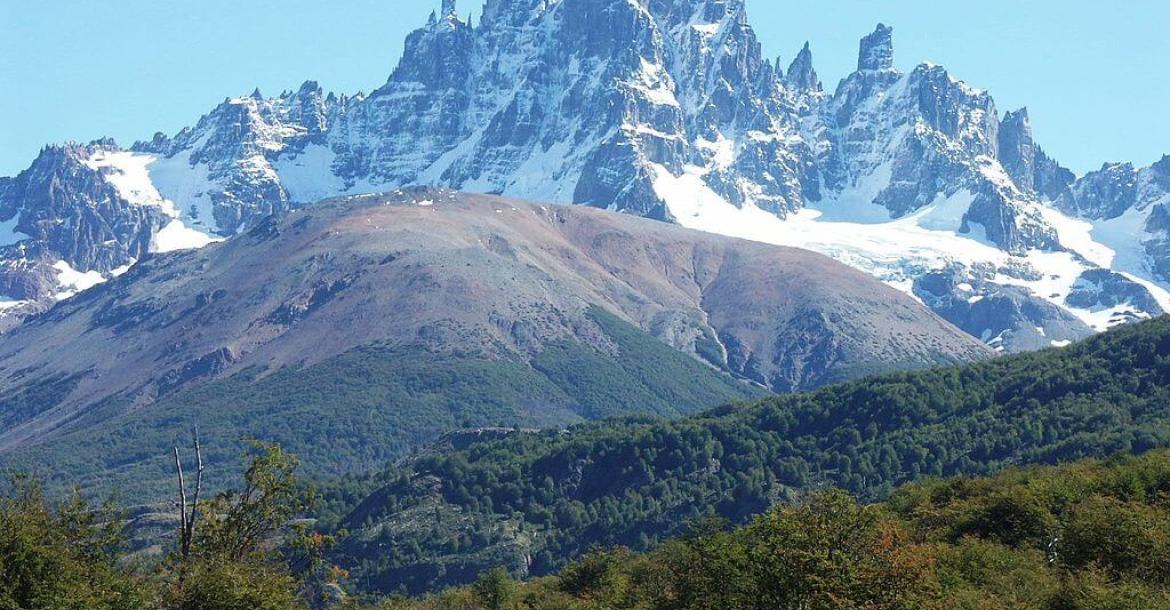
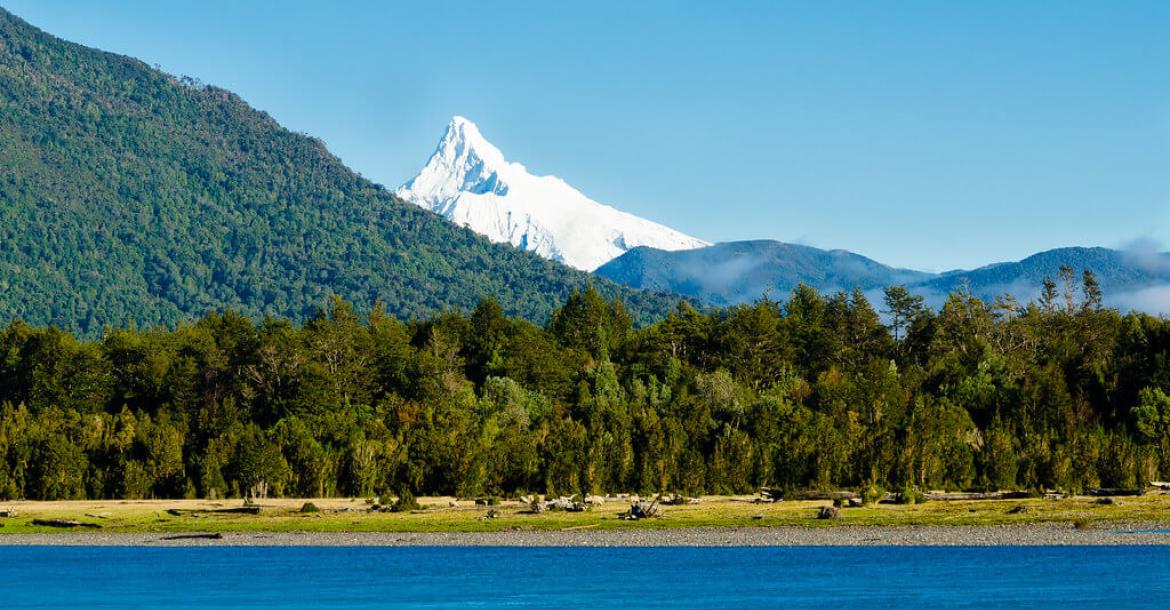
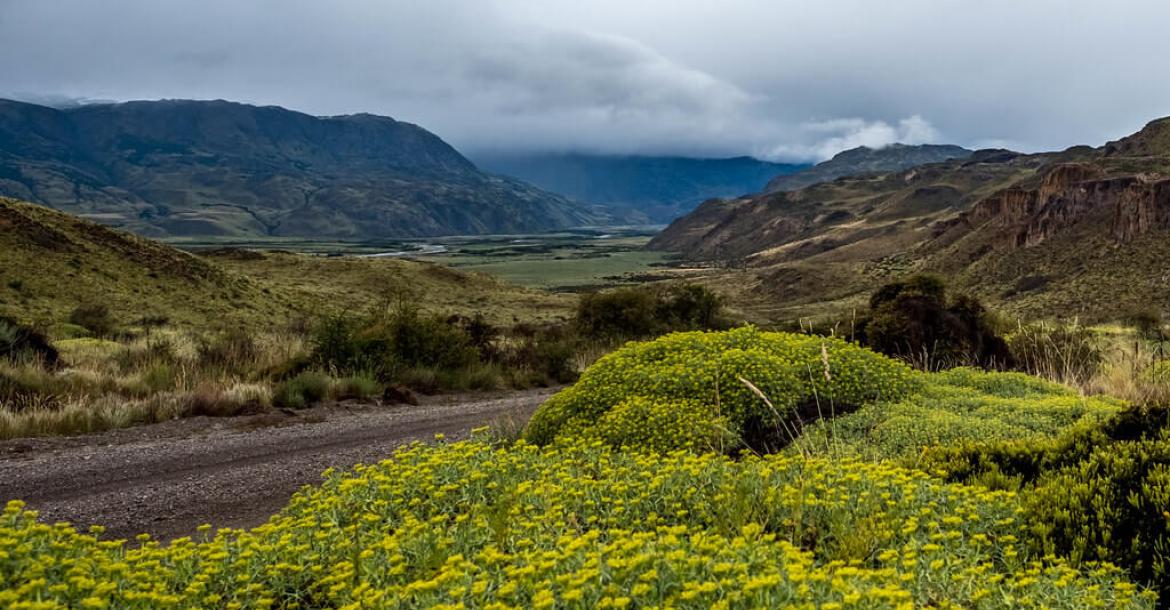
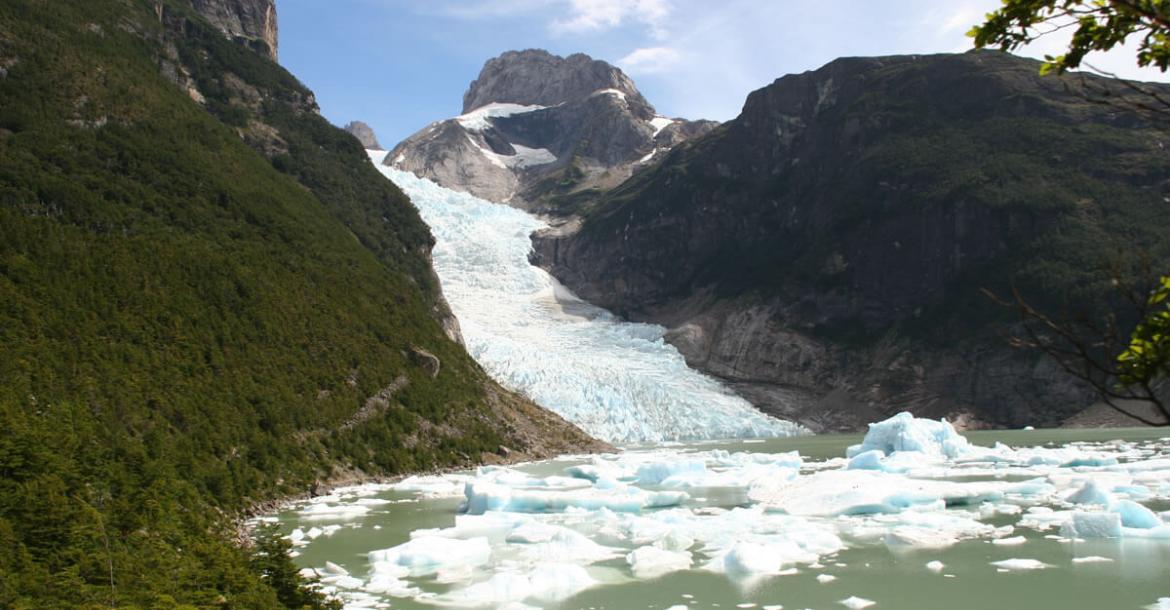
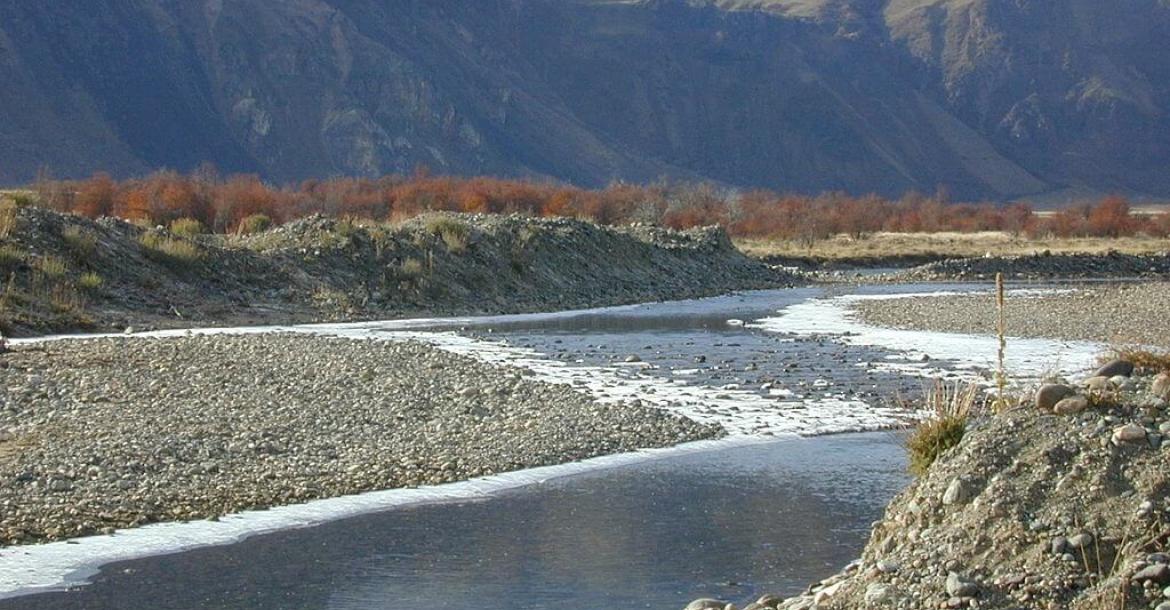
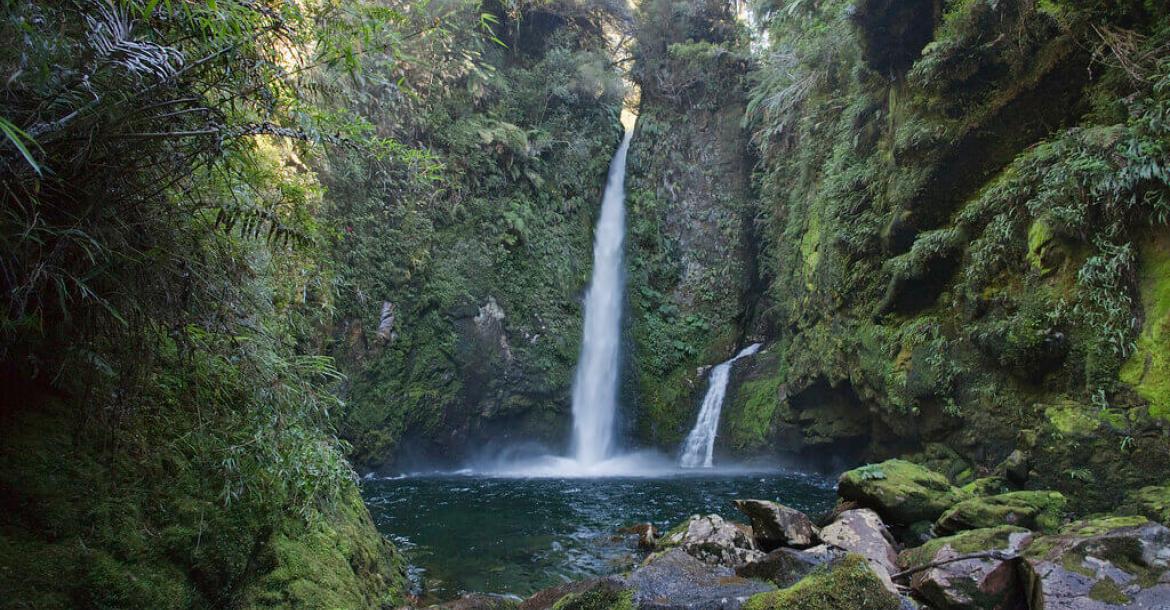
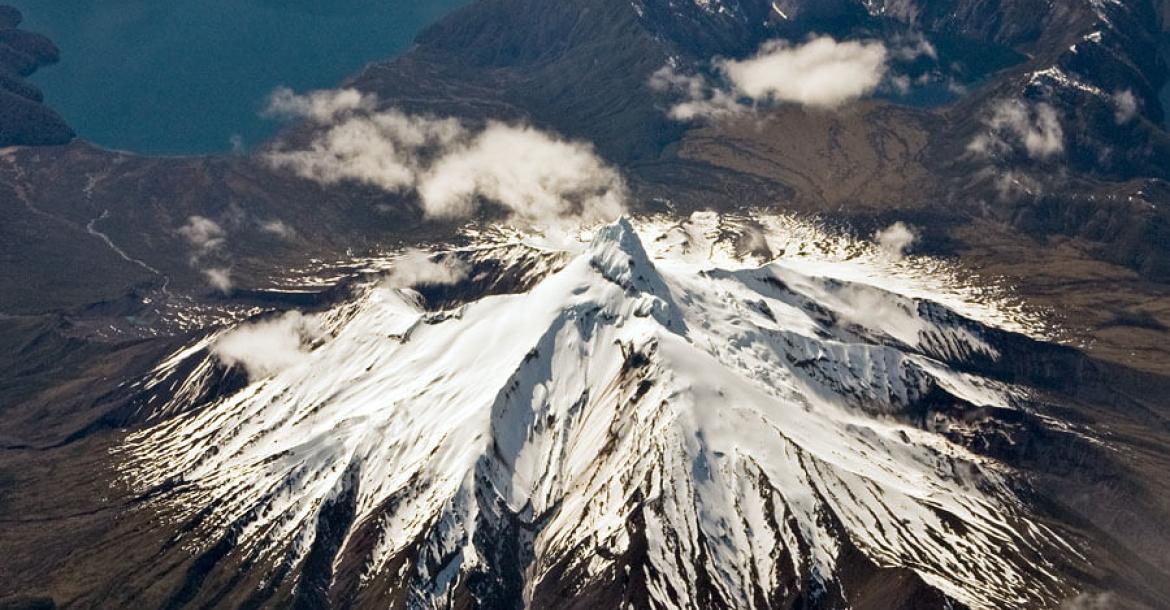
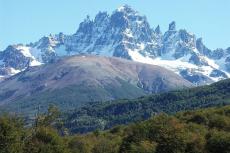
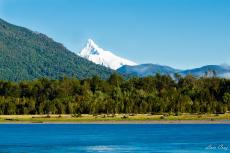
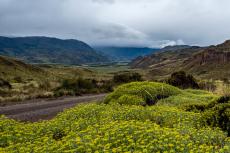
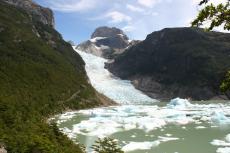
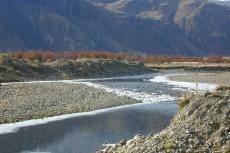
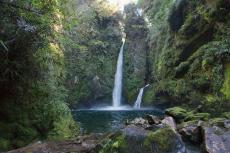
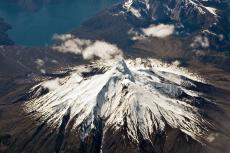
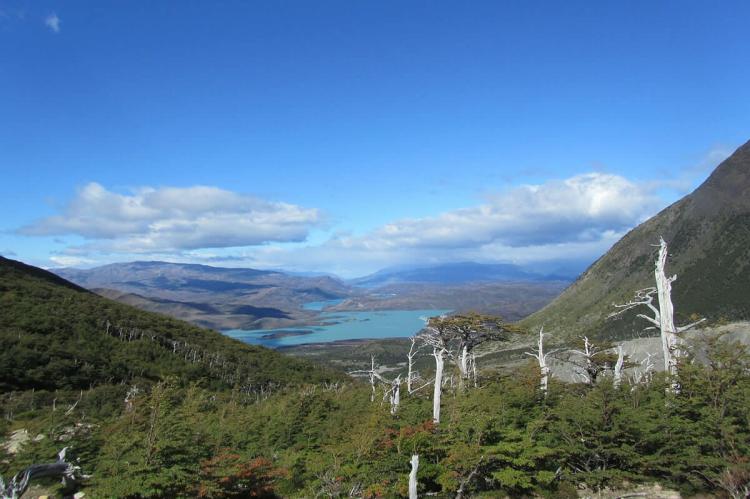
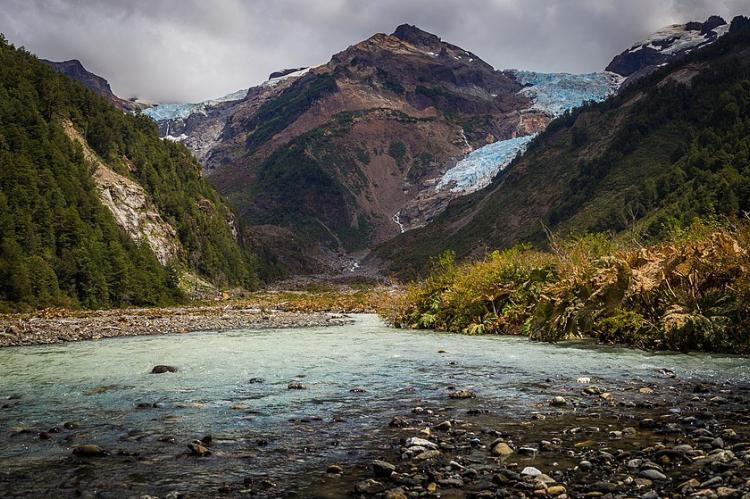



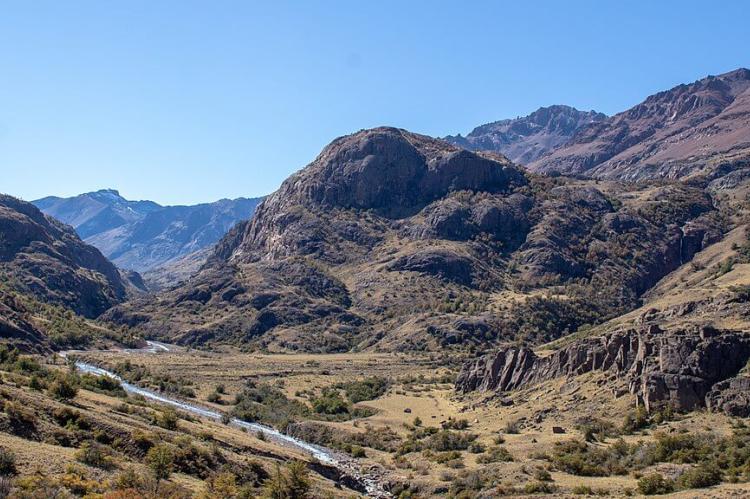
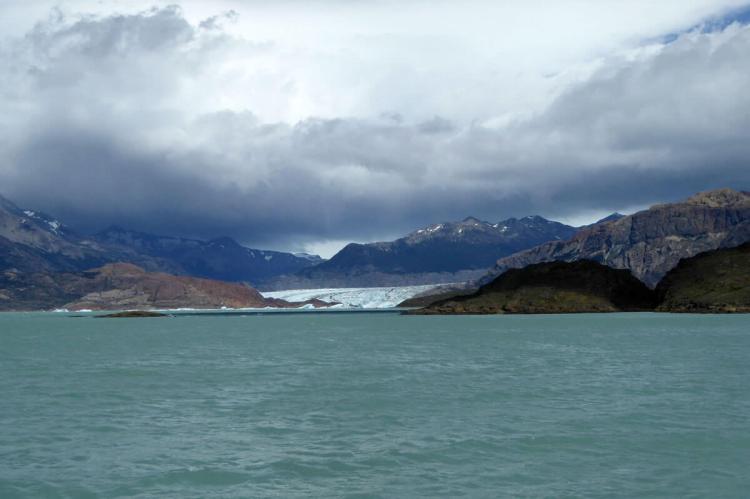
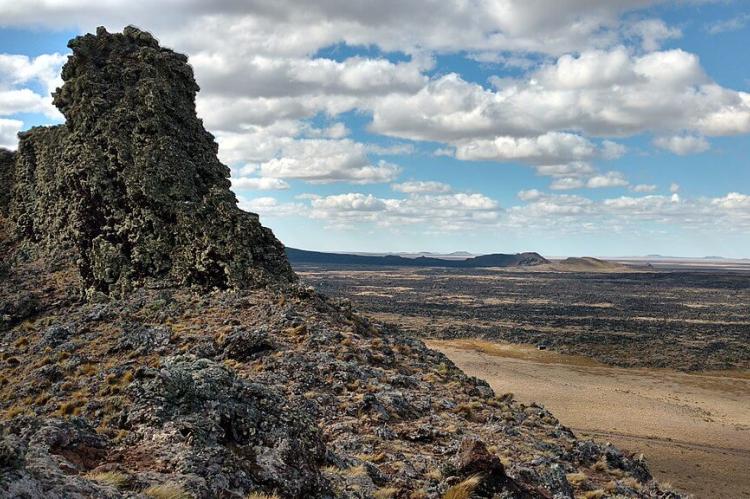
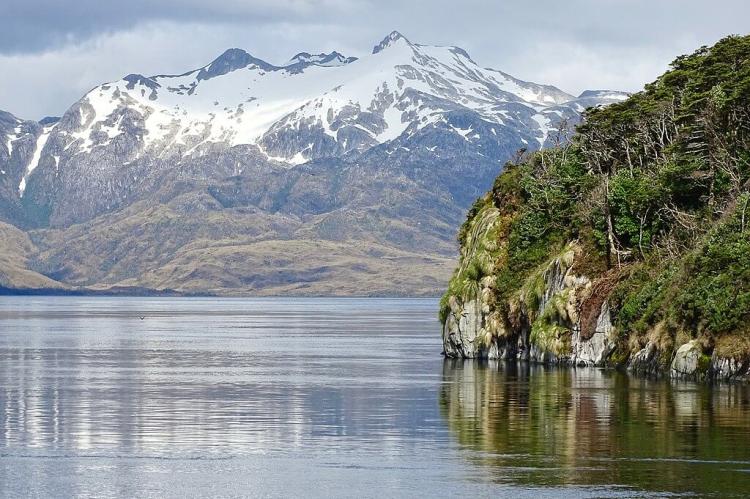
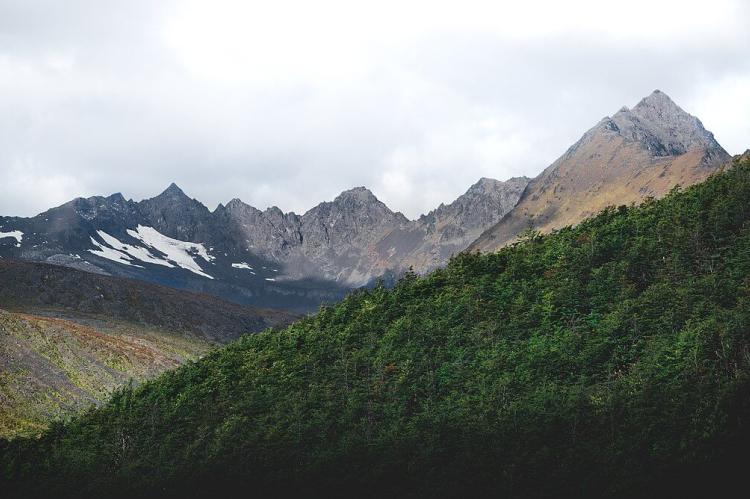
![View of Isla Gordan, Beagle Channel - by lluis Cabarrocas Ribas [CC BY (https://creativecommons.org/licenses/by/2.0)] View of Isla Gordan, Beagle Channel](/sites/default/files/styles/large/public/isla_gordon_beagle_channel_opt%20%281%29_0.jpg?itok=btdm44mJ)